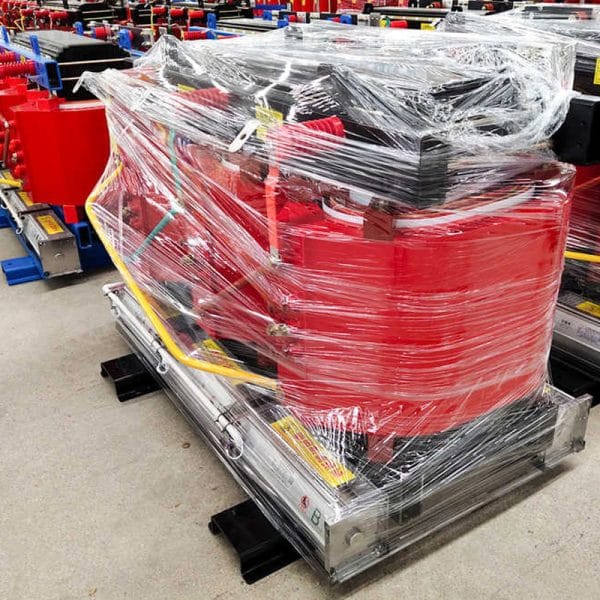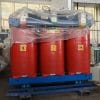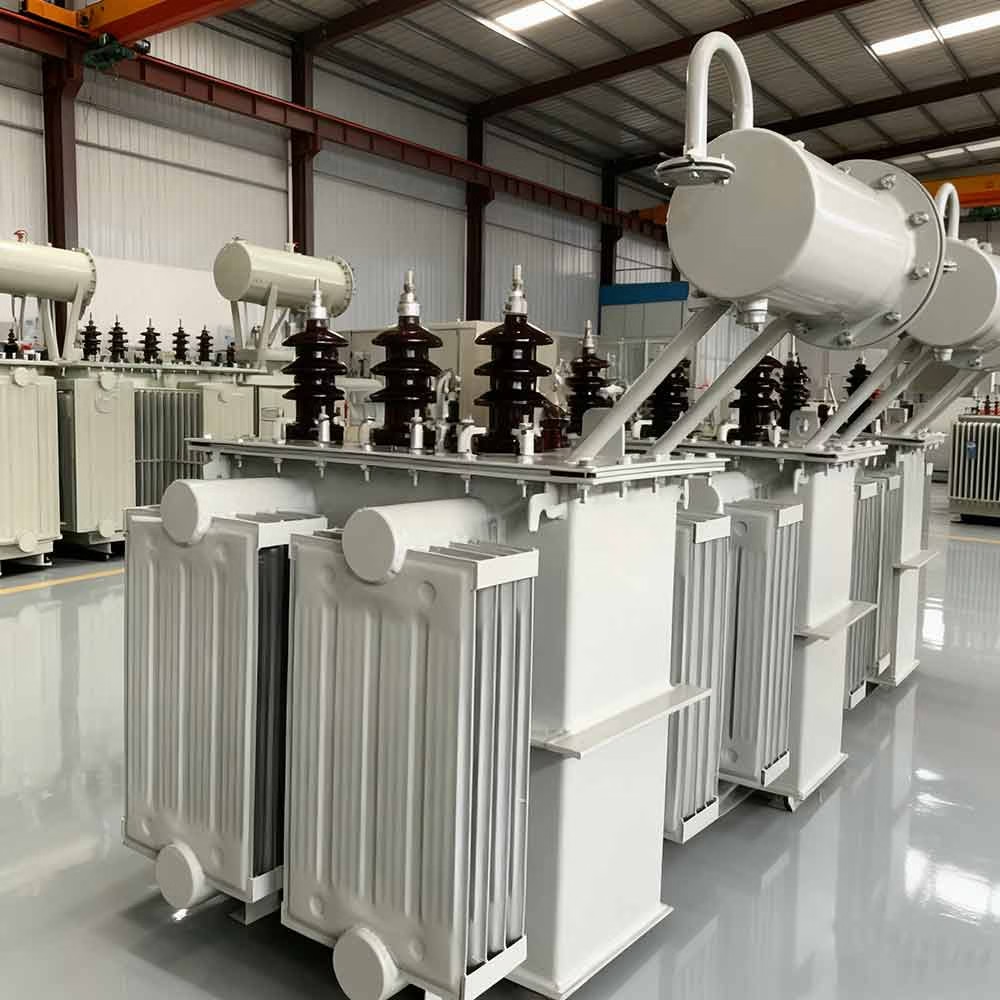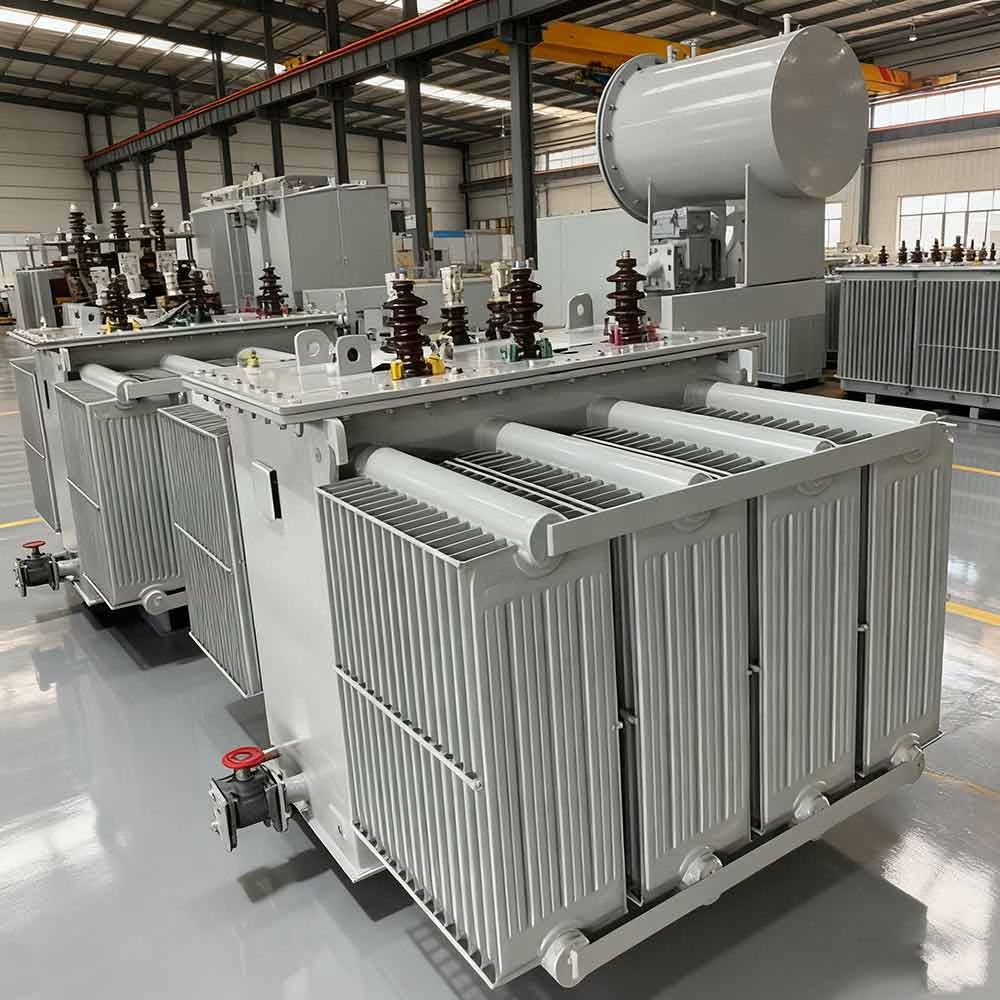Description
With the development of modern cities, electrical rooms—particularly those in high-rise buildings and structures requiring high fire safety ratings—must comply with stringent fire and explosion prevention regulations under fire safety codes. Dry type transformer, owing to their inherent advantages such as fire resistance, explosion-proof design, pollution-free operation, and maintenance-free performance, have been widely adopted in:
- High-rise buildings
- Underground facilities
- Densely populated areas
- Humid environments
Consequently, the proportion of dry-type transformers in urban distribution systems has significantly increased in recent years.
Compliance with National Standards
This product series adheres to the following Chinese national standards:
- GB 1094: Power Transformers
- GB/T 10228: Technical Parameters and Requirements for Dry-type Power Transformers
- GB 20052: Energy Efficiency Limits and Grades for Power Transformers
Energy Efficiency Classification
The current product series is categorized into three energy efficiency levels:
- SCB18 Class I Efficiency (NX1): Ultra-high efficiency (aligned with IEC 60076-20 Tier 3).
- SCB14 Class II Efficiency (NX2): Advanced efficiency (compatible with NEMA TP-1 requirements).
- SCB12 Class III Efficiency (NX3): Standard efficiency (meeting baseline market demands).
Structural Features
Technical Features of Dry-type Transformers
- HV/LV Cast Resin Coils:
- Robust short-circuit resistance, minimal maintenance, high operational efficiency, compact footprint, and low noise levels.
- Ideal for applications demanding fire and explosion prevention, such as commercial complexes and underground substations.
- Advanced Casting Process:
- Employs static mixing, vacuum casting, and positive-pressure techniques, ensuring superior mechanical and electrical performance compared to conventional vacuum casting without positive pressure.
- Simulation-Optimized Design:
- Core resonance analysis: Mitigates core cavity resonance to reduce noise (≤55 dB(A) per IEC 60076-10).
- Lightning impulse simulation: Enhances lightning withstand capability (up to 170kV per IEC 60076-3).
- Reduced partial discharge: Achieved by optimizing interlayer and segmental electric field distribution (PDIV ≥ 15kV).
- Thermal Performance:
- Thin-layer resin encapsulation prevents cracking and ensures efficient heat dissipation (temperature rise ≤ 80K under rated load).
- Overload Capacity:
- Class H insulation materials for HV/LV windings enable:
- 110% continuous load in self-cooling mode.
- 150% continuous load in forced air-cooling mode (per IEEE C57.96).
- Class H insulation materials for HV/LV windings enable:
- Intelligent Monitoring System:
- Integrated temperature protection:
- Real-time detection and display of three-phase winding temperatures.
- Auto-start/stop cooling fans with alarm and trip functions (thresholds configurable via IEC 61850 protocols).
- Integrated temperature protection:
- Design Advantages:
- Aesthetic enclosure: Modern industrial design.
- Space-saving: Compact dimensions reduce floor space requirements.
- Cost-effective installation: Simplified deployment with minimal civil engineering.













